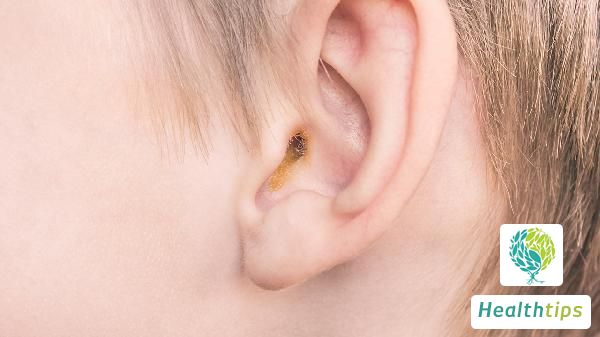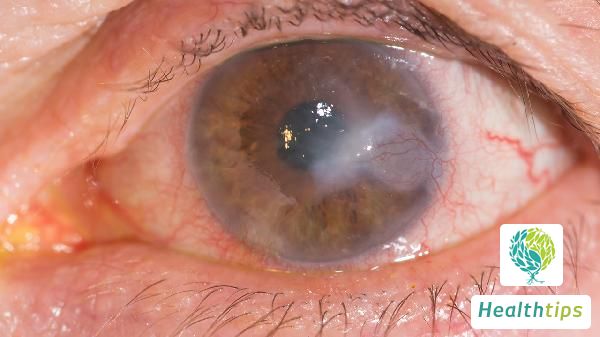Can the Pulse Be Clearly Seen in the Right Hand?
In general, individuals with a thinner build can see their pulse beating, mainly due to less subcutaneous fat. This can also be seen when one is emotionally excited or after exercise, with an increased pulse and transient tachycardia, which will automatically recover after resting. In these cases, no treatment is required as long as there are no other abnormal symptoms.
If accompanied by numbness or other symptoms, it may be related to increased intravascular pressure, blocked vessels, or a high ejection fraction of the heart. In such cases, a heart examination may be necessary, and blood pressure should be monitored. Pulse refers to the palpable arterial pulsation on the human body.
The human circulatory system consists of the heart, blood vessels, and blood, which are responsible for transporting oxygen, carbon dioxide, nutrients, and waste throughout the body. Blood is pumped into the aorta through the contraction of the left ventricle of the heart and then distributed to the arteries throughout the body.
Arteries are elastic tubules formed by connective tissue and muscle. When a large amount of blood enters the arteries, the pressure in the arteries increases, causing the arteries to expand. This expansion can be felt in the superficial arteries on the body surface, which is known as the pulse.
The normal range of pulse rates varies with age. For newborns, the pulse rate is 130 to 140 beats per minute. For children aged three to five years, the pulse rate is 100 to 120 beats per minute. For children around ten years old, the pulse rate is 90 to 100 beats per minute. For adolescents, the pulse rate is 60 to 100 beats per minute. The pulse rate slows down in older adults, typically ranging from 55 to 60 beats per minute.
The pulse reflects the fluctuations of blood flow within the arteries during the contraction of the left ventricle. During each contraction of the left ventricle, blood is pumped into the aorta. The elasticity of the aortic wall allows the artery to expand and accommodate the incoming blood. The fluctuations of blood within the arteries throughout the body are referred to as the pulse.
To a certain extent, the pulse reflects the functional state of the circulatory system, such as heart rate, cardiac contractility, and arterial wall performance, which indirectly reflects the functional state of the body.



















